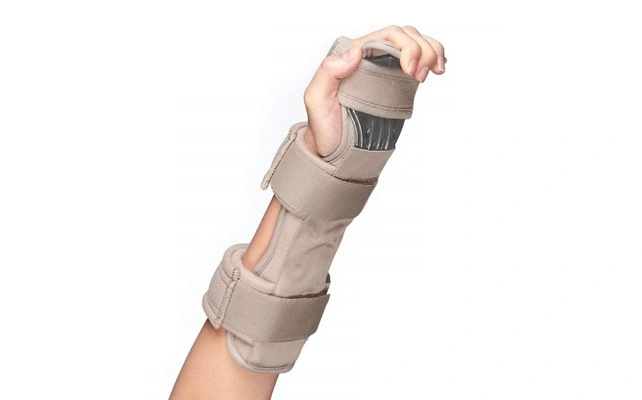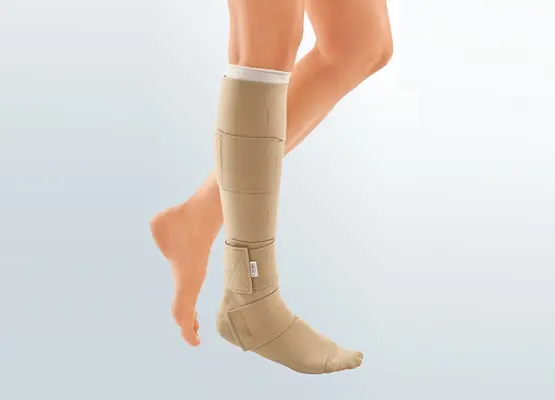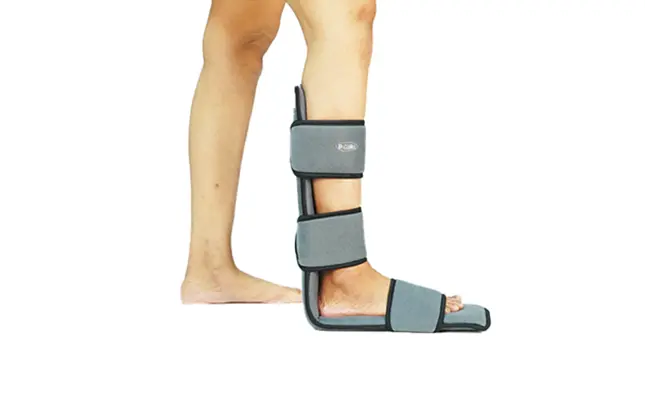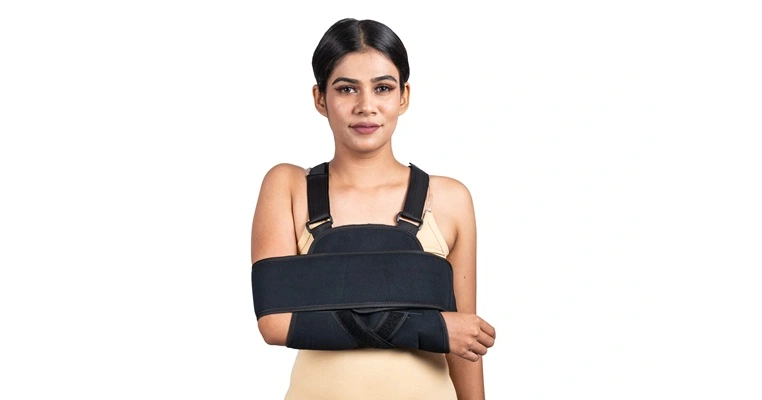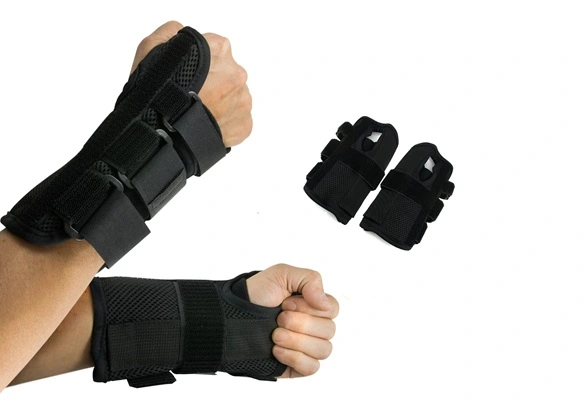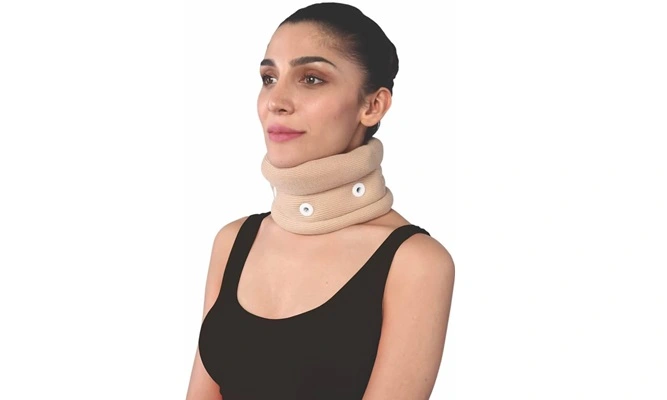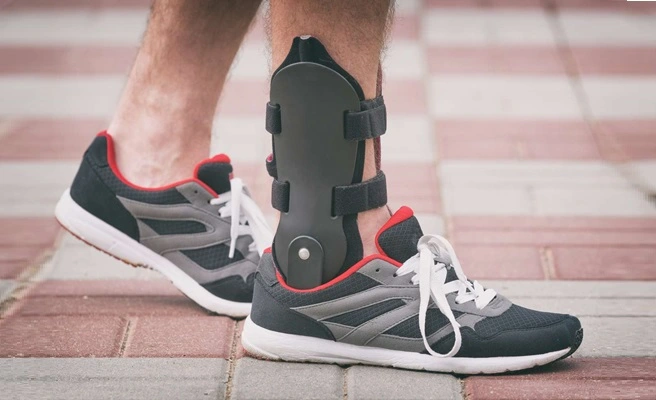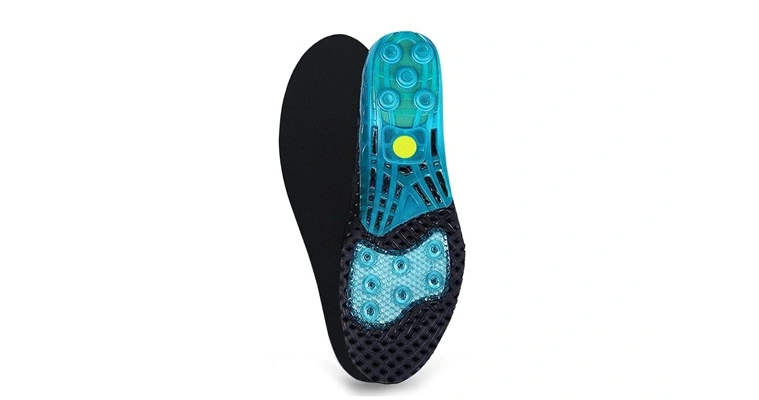- Home
- Solutions
- Orthotics
- Upper Limb Orthotics
- Airplane Splint
Airplane Splint
Airplane Splint

Airplane Splint for Upper Limb Orthotics:
At MOBILITY Solution, we offer a range of high-quality orthotic devices, including the Airplane Splint, specifically designed to help patients recover from severe shoulder injuries and surgeries. This guide will provide a detailed understanding of the Airplane Splint, its uses, benefits, and how it helps facilitate faster healing and recovery.
What is an Airplane Splint?
An Airplane Splint is a specialized upper limb orthotic device designed to immobilize the shoulder while maintaining the arm in an abducted (away from the body) and externally rotated position. It is often prescribed after shoulder surgeries or in cases where specific shoulder positioning is necessary to promote proper healing.
This splint gets its name from its distinctive position, which resembles airplane wings, keeping the shoulder and arm elevated and stabilized. It is particularly effective in post-operative care for conditions like rotator cuff repairs, shoulder dislocations, or fractures.
When is an Airplane Splint Used?
The Airplane Splint is primarily used for:
- Rotator Cuff Surgery Recovery: Following rotator cuff repairs, the splint holds the shoulder in a position that reduces stress on the tendons, promoting healing.
- Shoulder Dislocations: After shoulder dislocations, the splint helps to keep the joint stabilized and prevents further movement or damage.
- Fractures of the Shoulder or Upper Arm: In cases of shoulder or humerus fractures, the Airplane Splint keeps the arm and shoulder properly aligned for optimal healing.
- Shoulder Reconstruction: It aids in the recovery process after major reconstructive surgeries, maintaining the correct posture for the shoulder joint.
How Does an Airplane Splint Work?
The Airplane Splint works by immobilizing the shoulder and upper arm in a controlled position, preventing unnecessary movements that could disrupt the healing process. The splint holds the arm away from the body in a slightly elevated position, which helps reduce tension on the injured or surgically repaired shoulder.
The device typically consists of adjustable straps and a firm framework that secures the shoulder and arm. Patients can adjust the splint to achieve the most comfortable yet effective positioning for their specific condition, following their doctor’s recommendations.
Benefits of Using an Airplane Splint
- Maximum Immobilization: The Airplane Splint provides excellent shoulder stabilization, making it one of the most reliable braces for post-surgical recovery and injury management.
- Pain Reduction: By maintaining the shoulder in an abducted position, the splint minimizes the stress on injured tissues, reducing pain and discomfort.
- Promotes Proper Healing: The splint keeps the shoulder joint in a position that encourages optimal healing, especially after surgeries or fractures.
- Adjustability for Comfort: The adjustable straps and design allow for a customized fit, ensuring that the patient remains comfortable while the shoulder is properly supported.
How to Wear an Airplane Splint
Correctly wearing an Airplane Splint is crucial for its effectiveness. Here’s a step-by-step guide:
- Proper Placement: Ensure that the arm is placed in the splint according to the doctor’s instructions, with the shoulder abducted away from the body and the arm externally rotated.
- Adjust the Straps: Adjust the straps securely around the shoulder, chest, and arm to ensure the splint stays in place without being too tight.
- Daily Check: Regularly check for any discomfort or skin irritation and adjust the splint as needed, or consult your doctor for further guidance.
- Follow Medical Advice: Always wear the splint as instructed by your healthcare provider and avoid removing it unless advised.
Risks and Precautions
While an Airplane Splint is highly effective in aiding shoulder recovery, some precautions should be observed:
- Skin Irritation: Wearing the splint for extended periods may cause skin irritation. Regularly check the skin and keep the area clean and dry.
- Muscle Stiffness: Prolonged use of the splint can result in muscle stiffness, which is why physical therapy is often recommended following the use of an Airplane Splint.
- Correct Fitting: Make sure the splint is properly fitted by a healthcare professional. Improper fitting can lead to discomfort or ineffective healing.
An Airplane Splint is an essential orthotic device for patients recovering from shoulder surgeries, dislocations, and fractures. It provides the necessary immobilization and positioning to facilitate proper healing, reduce pain, and prevent further injury. At MOBILITY Solution, we are committed to offering top-quality orthotic devices, including the Airplane Splint, tailored to meet the specific needs of each patient.
If you need a Shoulder Abduction Splint or have any questions about your recovery, reach out to MOBILITY Solution today. Our experienced team is here to provide expert advice and the best orthotic solutions for your condition.
Enquiry Now




